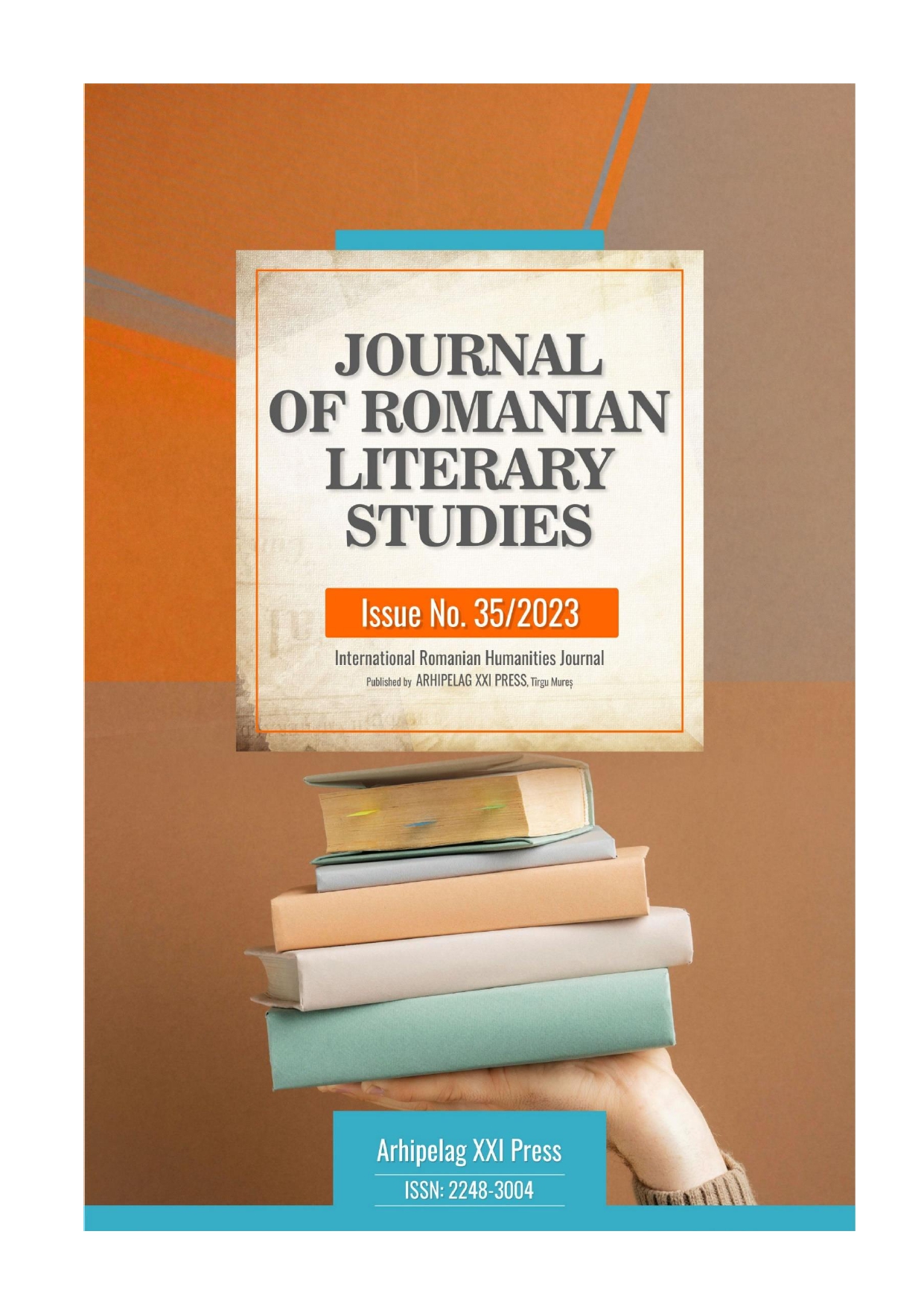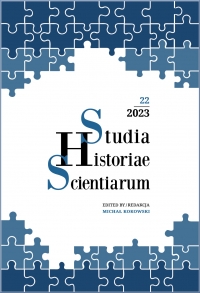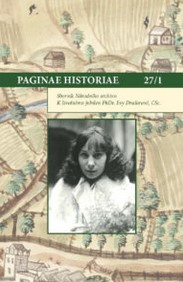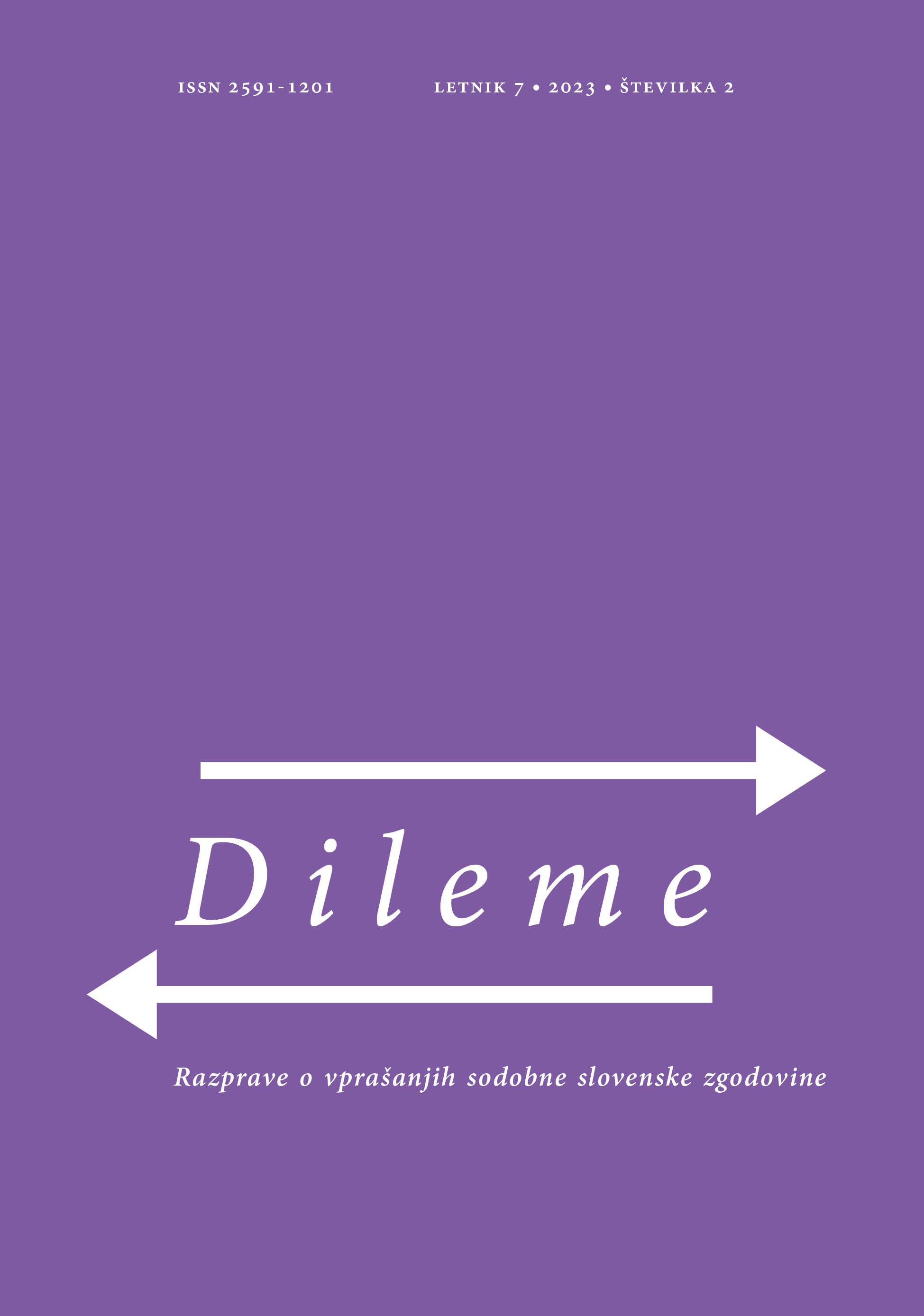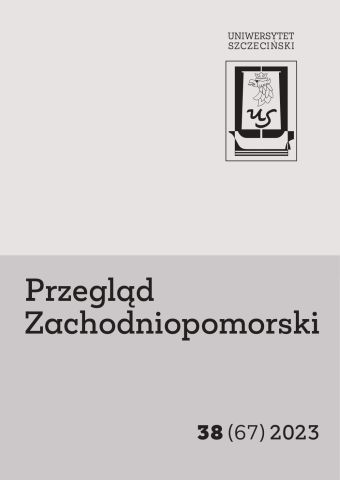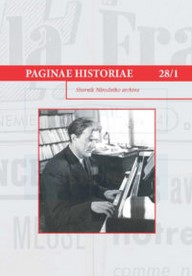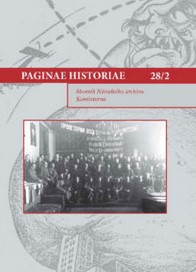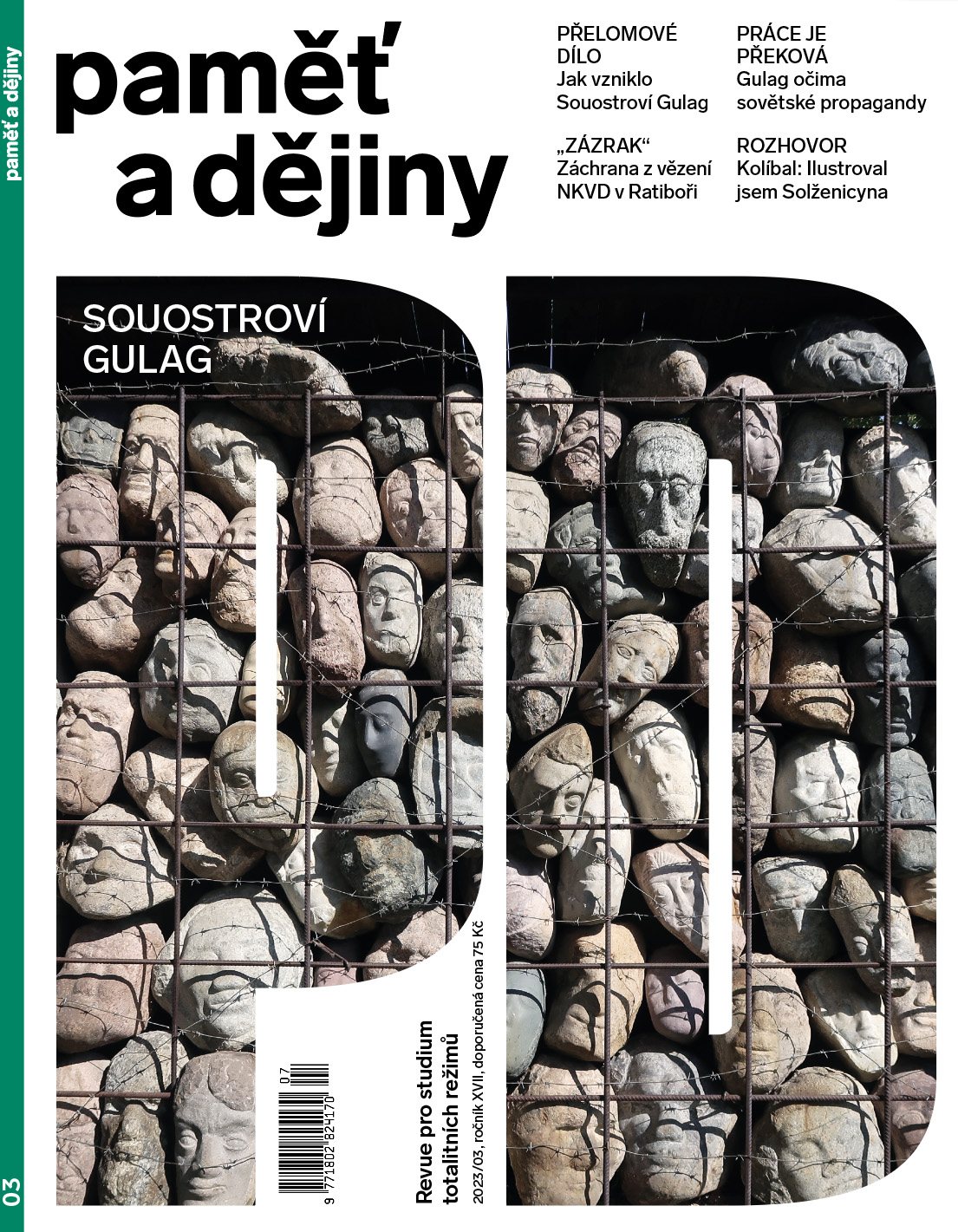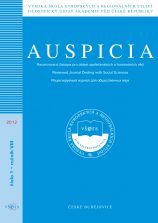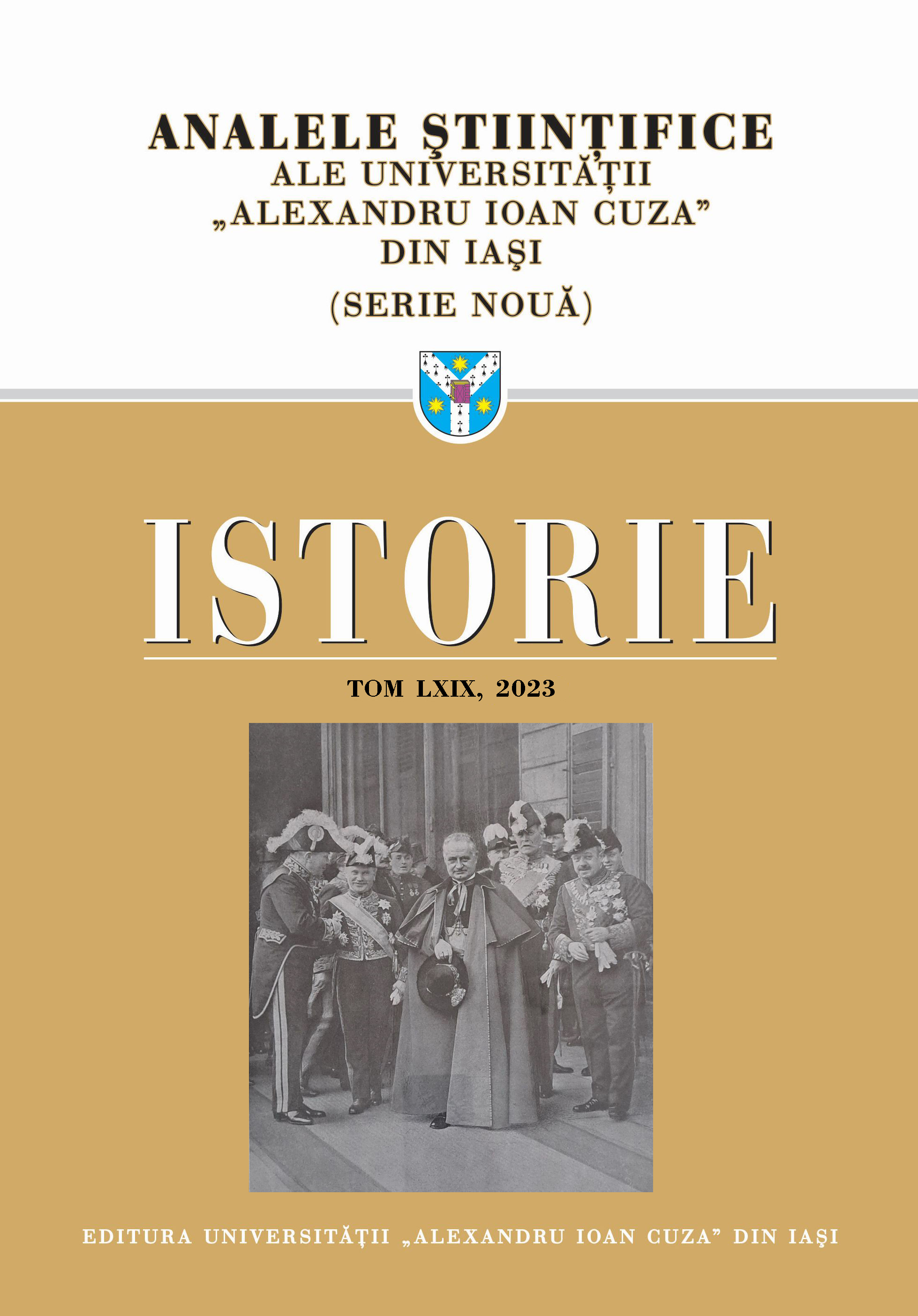Author(s): Ştefan S. Gorovei / Language(s): Romanian
Issue: 69/2023
Le 31 décembre 1816 – selon le vieux calendrier, utilisé à l’époque dans les Principautés Roumaines – le médecin britannique William Macmichael, en route vers la Russie, se trouvait dans la Salle du Trône du palais princier de Jassy (Iaşi), où le prince de Moldavie, Scarlat (Charles) Callimachi, allait investir les nouveaux hauts dignitaires du pays. En attendant, le voyageur examinait attentivement les fresques peintes sur les murs de la salle : un des boyards présents à cette importante cérémonie lui fit connaître que les 22 médaillons qui ornaient les murs représentaient les emblèmes des districts de la Principauté moldave. „La Moldavie toute entière était peinte sur le mur”, ce qui est surprenant, vu que – ajoute le voyageur dans son livre publié en 1819 – „les Russes possèdent la moitié la plus fertile du pays”, tandis que la Moldavie ne possédait plus que 16 de ses anciens districts. En effet, la Paix de Bucarest, de 1812, avait décidé de transférer à l’Empire russe la partie orientale de la Principauté moldave, située entre le Pruth et le Dniestr (Nistru), la future Bessarabie ; il n’y avait donc aucune raison pour que les emblèmes des districts de ce territoire figurent encore dans le grand ensemble héraldique peint dans la Salle du Trône de Jassy. Et quand même…La (re)construction du palais fut achevée en 1806, mais son inauguration solennelle dut être ajournée à cause de la guerre russo-turque; les Principautés ont subi l’occupation russe. On ne peut pas penser que cet ensemble héraldique, comprenant aussi les emblèmes des districts de Bessarabie, eut été réalisé après 1812; par contre, il a été réalisé – selon un projet dû, très probablement, à Johann Freywald, l’architecte autrichien à qui l’on doit la reconstruction du palais – vers 1805-1806, avant la guerre et le démembrement de la Moldavie.Cette information, passée inaperçue dans les recherches consacrées jusqu’à présent à l’héraldique roumaine de district, ouvre la voie à une nouvelle approche de ce sujet. Les autorités de l’occupation russe de 1806-1812 ont créé, pour le Conseil de la Principauté Moldave (Divanul Cnejiei Moldovei), un grand sceau, avec les armoiries du pays (le rencontre d’aurochs) au centre et la bordure ornée de médaillons aux emblèmes des 21 districts. On ne connait pas, jusqu’à ce jour, un document émis dans ce laps de temps et authentifié par l’apposition de ce grand sceau. Par contre, on le voit utilisé après la Paix de Bucarest (1812), par le même prince de Moldavie qui recevait ses dignitaires et les voyageurs étrangers dans la salle ornée avec les mêmes armoiries! L’auteur croit que la conservation, après 1812, de ces deux réalités (l’ensemble héraldique peint vers 1805 et le grand sceau créé vers 1807), représente une sorte de résistance muette, un effort d’exprimer à l’aide du langage héraldique des idées et des sentiments inexprimables par les mots. On peut constater la même attitude après le rapt de la Bucovine en 1775. Créé sous l’influence de l’héraldique russe ou autrichienne, l’ensemble représenté dans le grand sceau et peint sur les murs de la Salle du Trône transmet un message assez cohérent concernant le pouvoir souverain, dont la rencontre d’aurochs est le symbole unique et indivisible. De ce fait même, il représente le prince du pays, chargé de toutes les qualités et de tous les titres de ses prédécesseurs ; cette conception est reflétée dans les vers qui accompagnent, d’habitude, les armes du pays reproduites dans les livres imprimés au cours des XVIIe-XVIIIe siècles. L’auteur croit que cette manière de représenter le pays peut être considérée un manifeste de pouvoir, spécifique au pouvoir souverain, tandis que les grands sceaux portant au centre les armes du pays et en bordure les armes (emblèmes) des districts qui concrétisent ce pays constituent l’équivalent des sceaux de majesté utilisés en Occident.
More...
